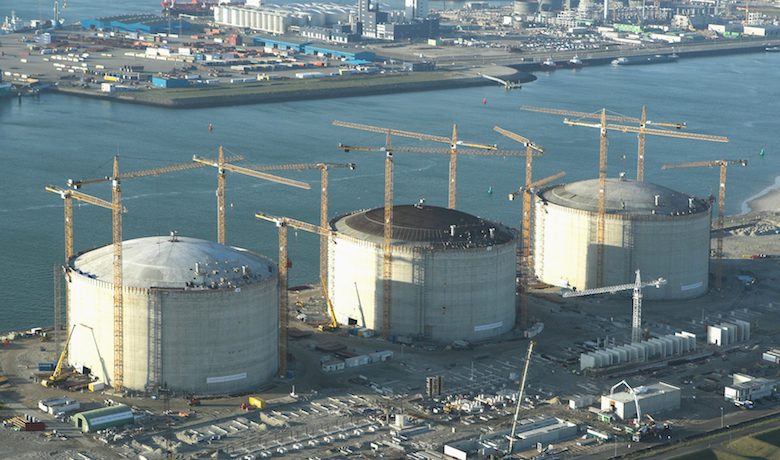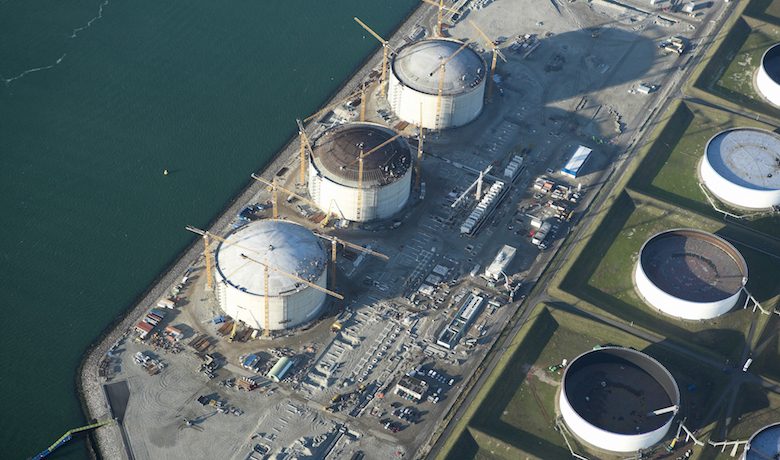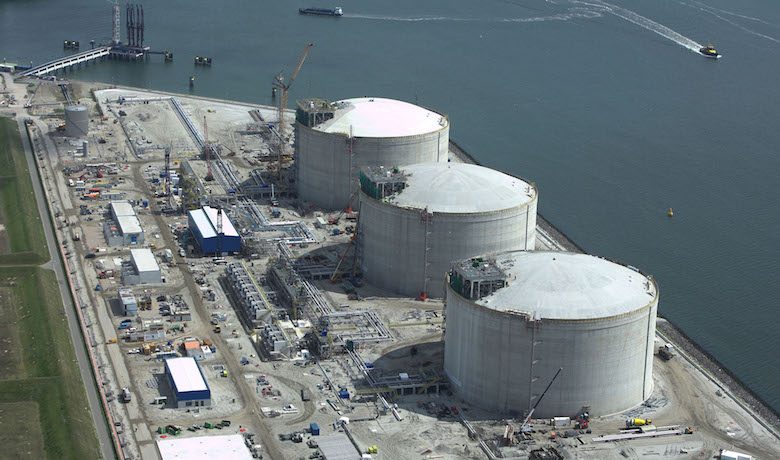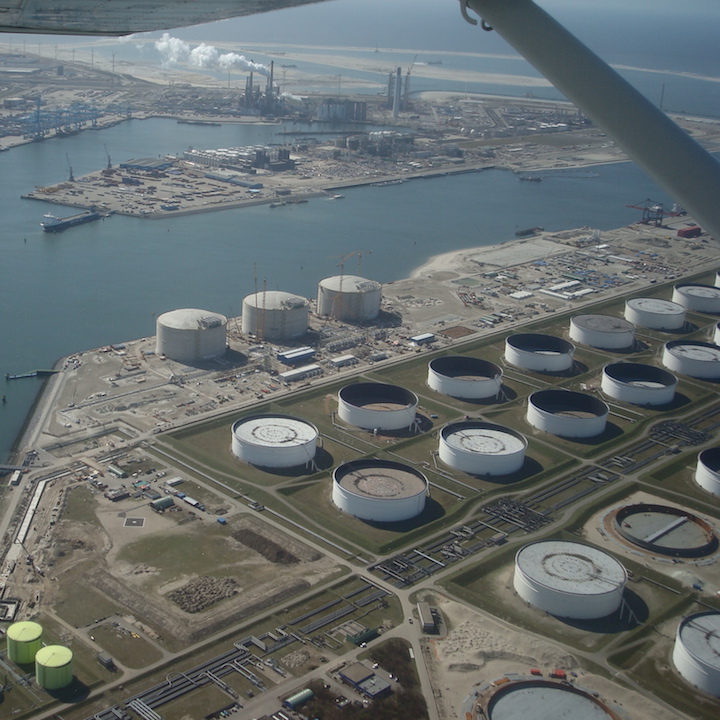TECHNICAL OVERVIEW
VINCI Construction Grands Projets performed calculations on cracking, which required extensive modelling and led to stringent civil-engineering finishing works. The design office at Entrepose Contracting designed the storage tanks’ mechanical component with an inner chamber made of steel with a 9% nickel content and a perlite insulating layer, highly resistant to very low temperatures. In addition, Freyssinet deployed high-tech prestressed cryogenic concrete, developed for the nuclear industry, which can retain its ductility at minus 163°C. The strength of our consortium was its ability to adapt to changes in the field. For instance, VINCI Construction Grands Projets was able to modify the civil engineering for the storage tank domes during the course of the project. Each load-bearing post/beam structure located 52 metres above the ground was developed using precast concrete components, rather than poured on site. As a result, they could be assembled and fastened to the dome in two months, independently of weather conditions, with a minimal number of employees working at height. This resulted in a big gain in terms of safety and time-savings.
To be more specific, the storage tanks’ external envelope consisted of a foundation slab 90 metres in diameter, a prestressed concrete shell 40 metres high, and a reinforced concrete dome. Concrete protects and insulates the main inner chamber.
Each foundation slab, of varying thickness, required 1,000 tonnes of reinforcement. The added presence of a network, several kilometres long, of heating pipes in the slab was designed to prevent the ground below the slab to freeze during the operational phase and, thereby, lose its load-bearing capacity.
Implementing the shells 40 metres high required the use of successive lifts by increments of 3.65 metres. A solution consisting of climbing formwork for three platform levels, combined with the use of high-load-capacity tower cranes, allowed us to optimise lifting and panel-sealing operations.









